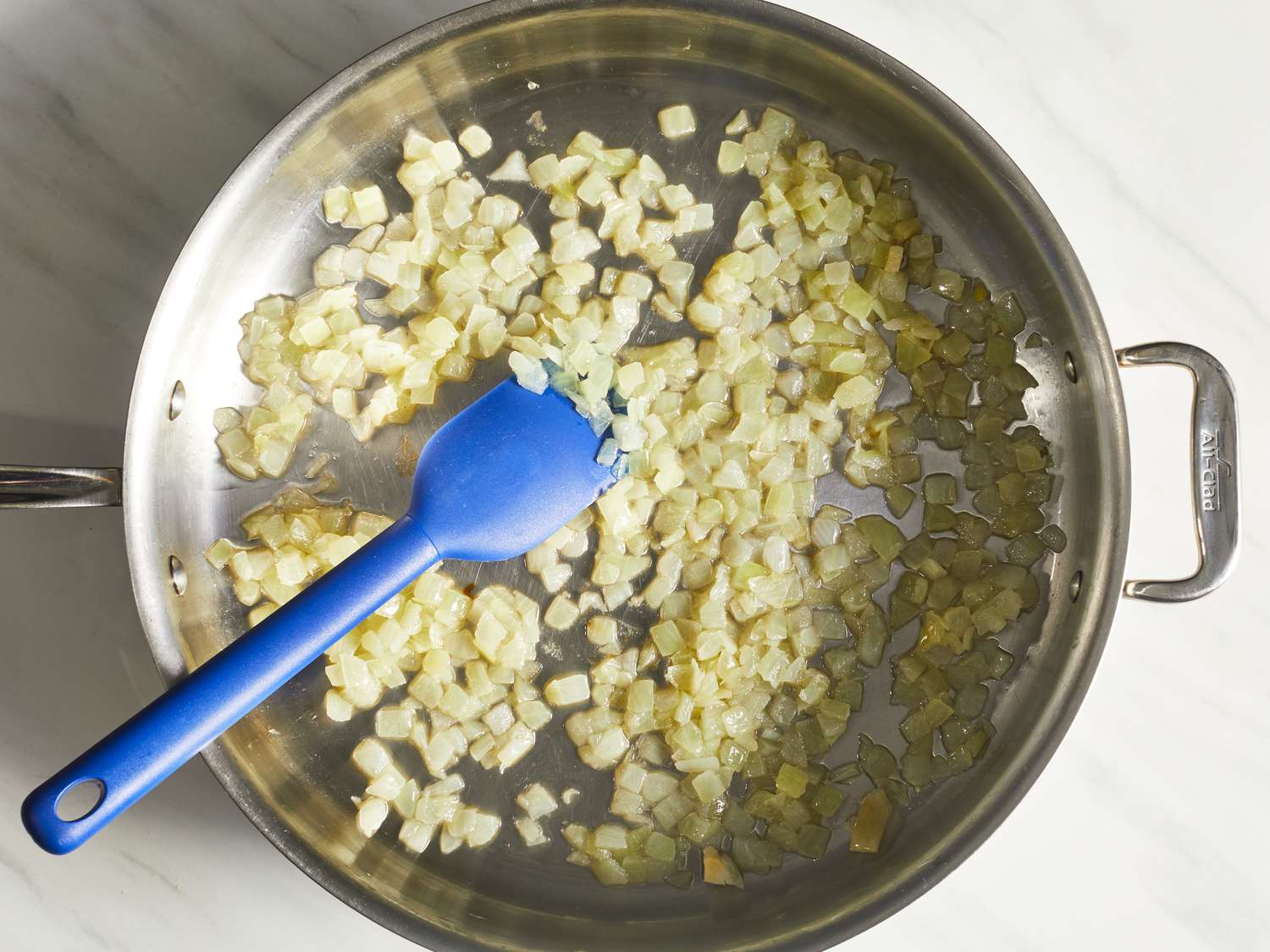Master the Art of Cooking Eggs in a Silicone Mold in the Oven
We all know that eggs are a versatile and nutritious ingredient that can be cooked in various ways. While frying and boiling might be the go-to methods for many, have you ever considered cooking eggs in a silicone mold in the oven? This technique not only produces perfectly shaped eggs but also allows you to experiment with flavors and toppings.
Why cook eggs in a silicone mold in the oven?
- Uniform shape: Using a silicone mold ensures that your eggs come out with a consistent and attractive shape. Whether you prefer round, square, or unique designs, the mold gives your eggs an appealing presentation.
- Convenience: Unlike stovetop cooking methods, using a silicone mold in the oven allows you to easily cook a large batch of eggs at once. This is especially handy when you have guests or need to prepare a delicious breakfast ahead of time.
- Creative options: With a silicone mold, you have the freedom to add various ingredients and toppings to your eggs. From cheese and vegetables to bacon and herbs, you can customize your egg dish to suit your cravings and dietary preferences.
- Healthy cooking: Cooking eggs in the oven eliminates the need for excessive oil or butter, making it a healthier option compared to traditional frying methods.
Now, let’s get cracking!
Follow these simple steps to cook eggs in a silicone mold in the oven:
- Preheat the oven: Start by preheating your oven to around 375°F (190°C). This ensures that the eggs cook evenly and thoroughly.
- Prepare the silicone mold: Lightly grease the silicone mold with cooking spray or a small amount of oil.
- Crack the eggs: Carefully crack the eggs one by one and gently place them into each section of the silicone mold.
- Add your desired ingredients: Sprinkle your favorite toppings, such as cheese, ham, or veggies, onto each egg in the mold. Get creative and experiment with different flavor combinations!
- Season to taste: Don’t forget to add a pinch of salt, pepper, or other seasonings to enhance the overall flavor of your dish.
- Bake in the oven: Place the silicone mold on a baking sheet and carefully transfer it to the preheated oven. Bake for approximately 10-15 minutes, or until the eggs are set according to your preference.
- Cool and enjoy: Once cooked, remove the silicone mold from the oven and let it cool for a few minutes. Gently pop the eggs out of the mold, and voila! You now have perfectly shaped eggs ready to be enjoyed.
Delightful serving suggestions:
- Serve your silicone mold eggs on a bed of fresh greens for a light and healthy breakfast.
- Pair them with perfectly toasted bread or whole-grain bagels.
- Create a tasty breakfast sandwich by placing the eggs between a freshly baked bun.
- Add a side of crispy bacon or sautéed mushrooms for an additional burst of flavor.
Now that you know how to cook eggs in a silicone mold in the oven, let your creativity soar. Impress your family and friends with beautifully shaped and flavorful egg dishes that are sure to become a breakfast favorite. Bon appétit!
Please note: Cooking times and temperatures may vary depending on your oven, so always keep an eye on your eggs while they are baking.
More Delicious Egg Recipes to Try in Your Silicone Mold
Having mastered the basics of cooking eggs in a silicone mold in the oven, it's time to enhance your breakfast repertoire with a variety of delightful recipes. From the spiciness of Spicy Jalapeño Egg Delights to the refined flavors of Smoked Salmon Breakfast Treats, there's a dish to satisfy every palate. I highly recommend trying the Mediterranean Morning Muffins for a touch of international flair, or the Sweet and Savory Bacon Delicacies for a sweet and savory combination that energizes your morning. Each recipe offers a unique twist on traditional breakfast, using the silicone mold technique you've learned. These dishes are not only delicious but also perfect for meal prepping or serving at your next brunch.
Was this page helpful?
Read Next: How To Cook Ribs On A Stick











